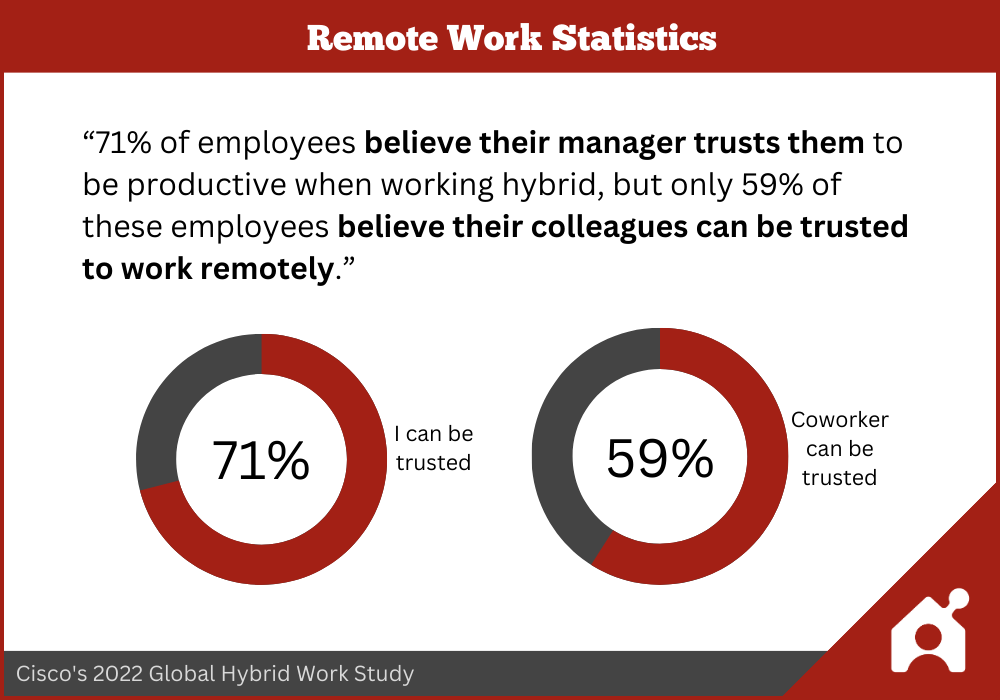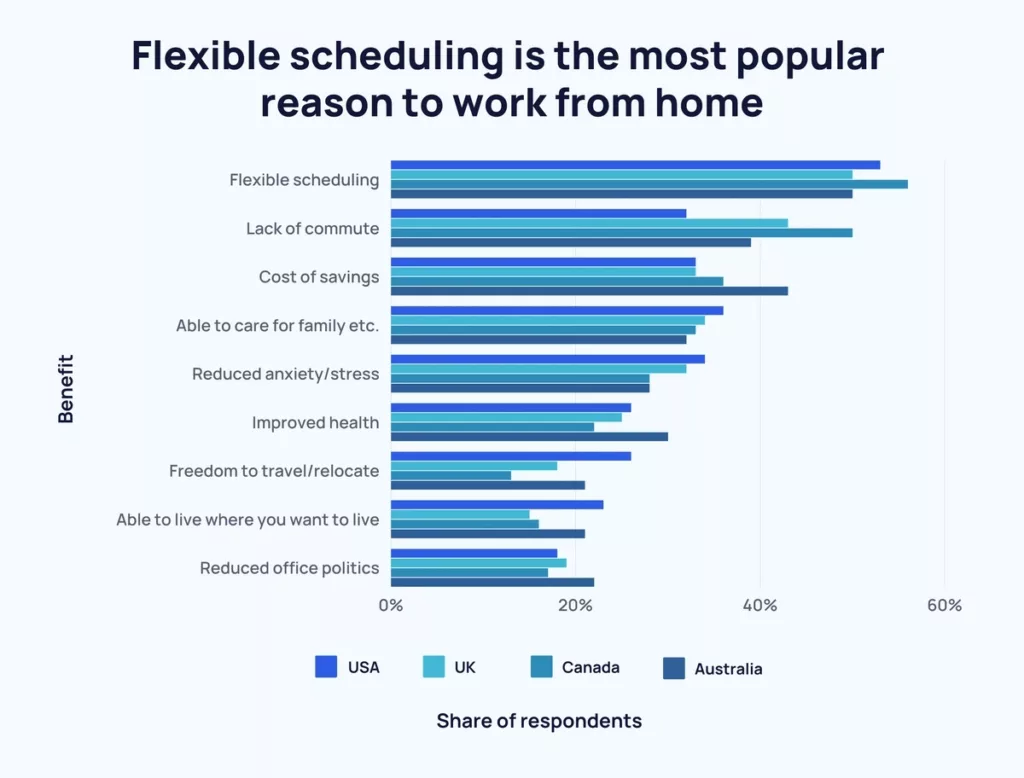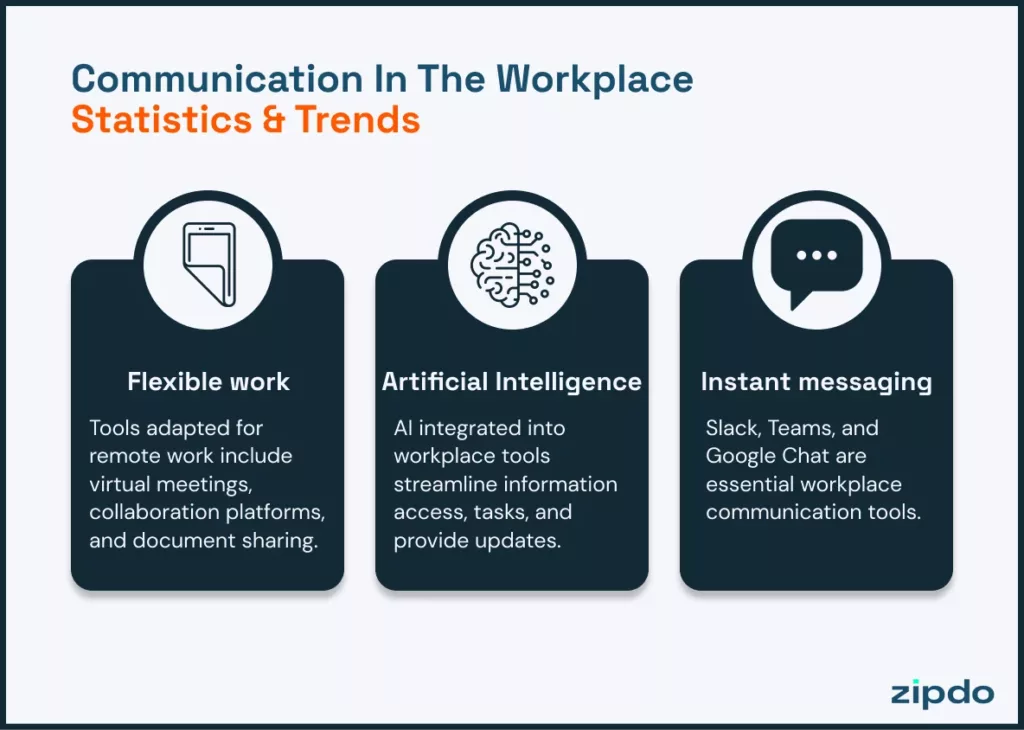By Craig Goodliffe, CEO & Founder — Cyberbacker
In the wake of a transformative shift towards remote work, the landscape of the traditional office has undergone a profound metamorphosis. Beyond the pixels that fill our screens lies a deeper narrative woven with the aspirations, well-being, and growth of the individuals working within this digital realm.
As organizations navigate the intricacies of remote work, the spotlight has shifted from mere technological connectivity to the paramount importance of fostering an unparalleled remote work culture that champions productivity and prioritizes the essence of the human experience.
Crafting an unmatched remote work culture goes beyond the logistical and technological facets of virtual collaboration. It’s a deliberate and concerted effort to prioritize employee well-being, nurture engagement, and facilitate personal growth within a remote setting. The crux lies not in pixelated images on screens but in the empowerment of individuals, enabling them to thrive within the unique contours of remote work.
Prioritizing employee well-being, engagement, and growth
Creating a remote work culture rooted in employee well-being involves embracing flexible work structures that enable individuals to balance professional responsibilities with personal life effectively. Moreover, supporting mental health by offering counseling services and resources, as well as promoting activities geared towards well-being, has become crucial to maintaining a healthy and resilient workforce. Establishing clear boundaries between work and personal time also plays a pivotal role in preventing burnout and ensuring employee satisfaction.
Engagement and a sense of belonging are vital in a virtual workspace. Regular check-ins, team bonding activities, and virtual gatherings serve as mechanisms to foster camaraderie and combat feelings of isolation.
Publicly recognizing and appreciating individual and collective achievements helps solidify a sense of belonging within the team. Additionally, facilitating open communication channels encourages transparency, idea-sharing, and active participation, strengthening the bond among remote team members.
Furthermore, empowering personal growth and professional development is essential in a remote setting. Encouraging continuous learning through online courses, workshops, and mentorship programs allows employees to expand their skill sets.
Initiating career path discussions and setting individual goals not only fosters personal growth but also aligns the aspirations of employees with the organization’s objectives. Embracing skill diversification and cross-functional learning opportunities nurtures individual growth and enriches the talent pool within the organization.
The significance of trust and open communication

Trust and open communication form the bedrock of a thriving remote work environment, transcending physical boundaries and fostering a cohesive and productive virtual workspace.
In a remote setting, trust is the currency that underpins all interactions. Building trust among remote teams involves consistent and transparent communication, where individuals feel empowered to voice their opinions and concerns without hesitation.
When trust permeates the virtual workspace, it enhances collaboration, productivity, and overall job satisfaction. Research indicates that 63 percent of remote employees consider having trust in their colleagues and managers as crucial for a positive remote work experience.
Open communication serves as the linchpin in cultivating trust and cohesion within remote teams. Establishing clear communication channels, whether through messaging platforms, video calls, or regular meetings, ensures that information flows seamlessly.
Encouraging honest and direct conversations fosters an environment where ideas are freely exchanged, feedback is constructive, and challenges are addressed proactively. Studies reveal that “86 percent of employees cite the lack of effective collaboration and communication as the main causes for workplace failures” but feel that it’s essential to do their job well.
Moreover, remote work environments benefit from leaders who lead by example, fostering a culture where communication is inclusive and transparent. Leadership that encourages open dialogue and actively listens to employee feedback plays a pivotal role in nurturing trust among team members. Building trust through consistent actions and transparent decision-making processes contributes significantly to a positive remote work culture.
Trust and open communication form the backbone of remote teams, enabling them to function cohesively and thrive in a digital workspace. Organizations that prioritize and invest in fostering trust and transparent communication empower their remote teams to collaborate effectively, innovate, and achieve collective success.
Strategies for maintaining team cohesion and enhancing productivity
Maintaining team cohesion and maximizing productivity within a remote work setup requires deliberate strategies emphasizing collaboration, communication, and effective workflow management.
- Schedules team meetings and check-ins: Regularly scheduled team meetings serve as anchors for remote teams, fostering a sense of connection and collective purpose. Additionally, periodic check-ins on individual progress and well-being provide opportunities for open dialogue and addressing any challenges that may arise.
- Utilizing collaborative tools and project management platforms: Leveraging collaborative tools such as Slack, Microsoft Teams, or Trello facilitates seamless communication and project tracking. These platforms enable real-time collaboration, document sharing, and task allocation, ensuring team members stay aligned and informed about ongoing projects.
- Establishing clear goals and expectations: Setting clear objectives and expectations for remote teams ensures everyone understands their roles and responsibilities. Transparent goal-setting helps align efforts toward common objectives, reduce ambiguity, and enhance accountability.
- Encouraging virtual team-building exercises: Incorporating team-building activities into the remote work routine fosters camaraderie and strengthens bonds among team members. Virtual team lunches, online games, or collaborative challenges create opportunities for casual interactions, reinforcing a sense of belonging within the team.

- Flexible work arrangements and time management: Granting flexibility in work hours enables individuals to manage their time effectively, accommodating various schedules and time zones. Encouraging team members to establish a structured work routine that balances work hours and personal time promotes productivity and well-being.
- Promoting recognition and appreciation: Acknowledging and appreciating achievements publicly or through dedicated platforms fosters a positive work culture. Celebrating milestones and recognizing individual contributions motivates team members and reinforces a sense of value and appreciation.
Implementing these strategies nurtures team cohesion and boosts productivity in remote work settings. By fostering a collaborative environment, setting clear goals, leveraging technology effectively, and prioritizing well-being, organizations can cultivate a remote work culture where teams flourish and achieve their fullest potential.
Leveraging technology while preserving the human touch

In remote settings, infusing personalization within collaboration tools is crucial. While these platforms facilitate seamless communication, adding a personal touch through customized messages, emojis, or video calls enhances connections among remote team members, reinforcing relationships in a virtual workspace. According to a recent study, “42 percent of employees feel that communication software increases efficiency in the workplace” and provides an opportunity for impromptu conversation between employees.
Creating virtual social spaces like water cooler moments or dedicated chat channels fosters informal discussions and team bonding. These spaces provide opportunities for casual interactions, discussions, and personal connections, which are vital for building camaraderie within remote teams.
Moreover, emphasizing face-to-face interactions through video conferencing rather than relying solely on text-based communication humanizes interactions. Visual cues and facial expressions facilitate more profound understanding, empathy, and connection within the team, bridging the gap created by physical distances.
Training on effective technology use is imperative. Providing resources and guidance on utilizing digital tools ensures that technology enhances, rather than replaces, personal connections. Understanding the nuances of digital communication contributes to maintaining the human touch in remote interactions.
Additionally, incorporating engaging virtual team-building exercises or games fosters personal connections among team members, reinforcing unity and camaraderie. Where feasible, occasional in-person gatherings or retreats further deepen relationships established online, strengthening the sense of belonging within the team.
Ultimately, the success of remote work hinges on empowering individuals, humanizing interactions, and building a culture where people feel valued, connected, and inspired. It’s about nurturing a workspace where individuals are not just pixels on a screen but valued contributors, unified by common goals and a shared sense of purpose.
As remote work continues to evolve, embracing these principles and crafting an unmatched remote work culture — one that cherishes people over pixels — remains the compass guiding organizations toward sustained success in the dynamic digital landscape.
About the Author: Craig Goodliffe is an entrepreneur, job creator, and CEO/Founder of Cyberbacker, the leading provider of administrative support and virtual assistant services. Goodliffe is an expert on business development and shares his insight to help clients earn seven-figure incomes.
